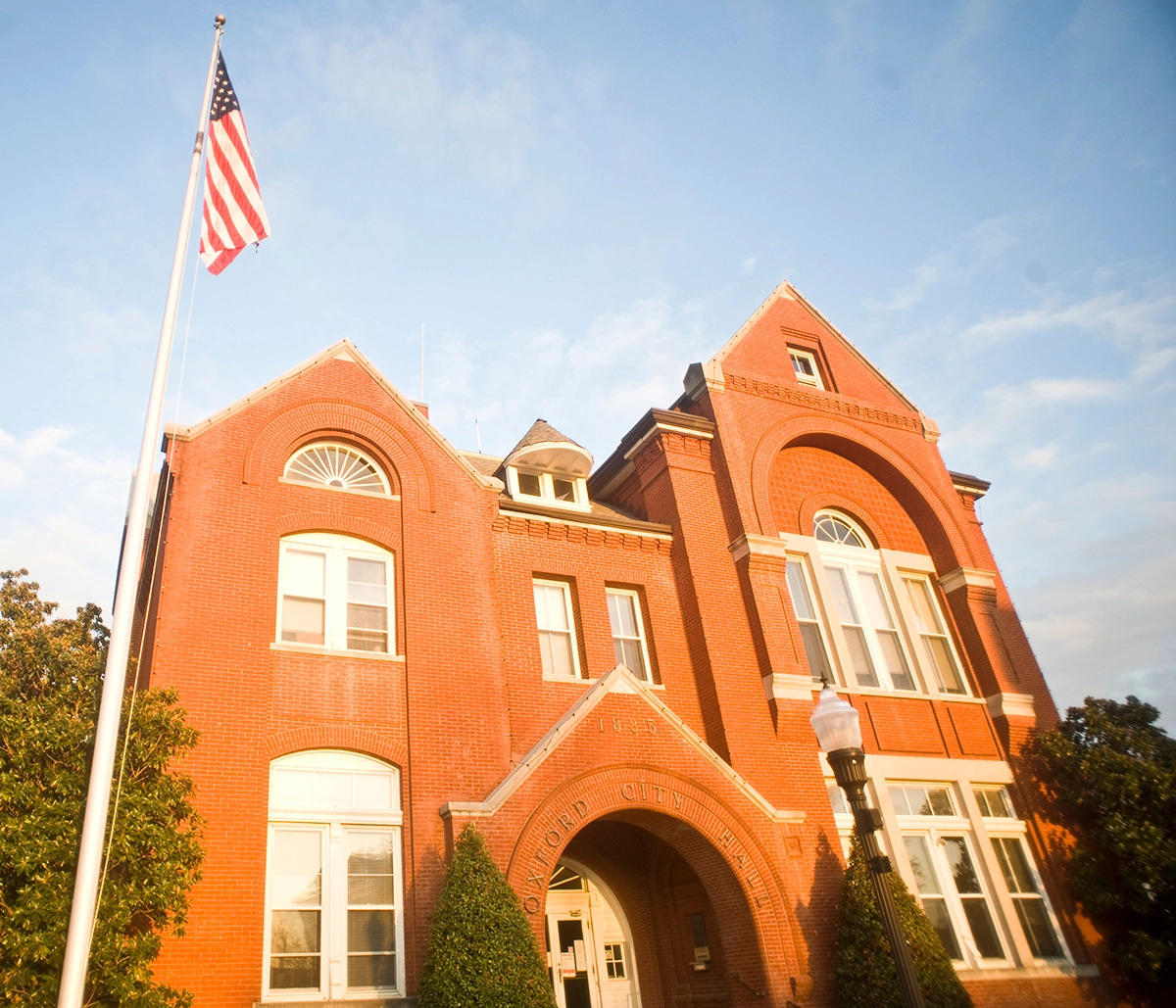Biggers’ rulings brought change, also consequences
Published 6:30 am Wednesday, November 1, 2023

- Sid Salter
By Sid Salter
Columnist
The jurist who brought so-called “open enrollment” to Mississippi higher education as part of settling historic racial discrimination in funding and resources lawsuit died last month, but he left a powerful shadow over the state’s university system.
Mississippi U.S. District Judge Neal Biggers Jr. died Oct. 15 at his Oxford home at the age of 88. He served in the state’s federal Northern District from his appointment by President Ronald Reagan in 1984 until his death. Biggers took senior status in 2000.
Before rising to the federal bench, the Corinth native served as the Alcorn County prosecuting attorney and later district attorney and circuit judge in the state’s First Judicial District – logging 20 years in state and local courts.
The hallmark case in Biggers’ outstanding federal judicial career was the Ayers higher education lawsuit. At inception, the lawsuit was based on the Equal Protection Clause of the Fourteenth Amendment and Title VI of the Civil Rights Act of 1964.
But in 1992, the Supreme Court sent the case back to Biggers’s court to address the issues of eliminating the effects of state-enforced segregation. Biggers ruled in 1995 that there were still vestiges of discrimination in Mississippi higher education.
Biggers was in charge of enforcing the Ayers settlement, which imposed the same admissions standards for all of Mississippi’s eight institutions of higher education – or what came to be called “open enrollment.” These standards were based on a combination of factors, including GPA and/or ACT, CPC and SAT scores.
For context, the late Jake Ayers Sr. of Glen Allen filed the suit in 1975 on behalf of his children and other Mississippi Black college students, claiming the state had historically discriminated in providing equitable facilities and programs for Jackson State University, Alcorn State University and Mississippi Valley State University in comparison to the state’s predominantly white colleges and universities.
Ayers never lived to see the case adjudicated, but his widow and the rest of the plaintiffs didn’t let the case die with him. Some 30 years later in 2002, the $503 million Ayers settlement that Biggers approved was designed to correct more than a century of discriminatory state taxpayer neglect at ASU, JSU and MVSU. In that settlement, the state and Ayers plaintiffs agreed that the state would distribute $503 million over 17 years to the three universities.
Earlier this year, in a separate case, the Supreme Court reversed a longstanding precedent allowing race as a college admissions consideration that traces back to the late 1970s and that was reaffirmed in part in the early 2000s. The case involved admissions practices at Harvard University and the University of North Carolina.
In reaction to the high court decision, Mississippi Commissioner of Higher Education Alfred Rankins Jr. said: “In general, Mississippi Institutions of Higher Learning undergraduates are admitted based on completing the college preparatory curriculum in high school, high school GPA, and ACT/SAT score.”
In broad, blunt strokes, Rankins stated Mississippi’s college admissions standards — standards that evolved in great measure out of the settlement of the protracted Ayers higher education lawsuit in the state – weren’t significantly impacted by the ruling.
But one possible unintended consequence of the Ayers settlement is the issue of raising admission standards at the state’s public universities, should some universities desire.
That’s one eventuality not addressed by the long slow journey to settle the Ayers lawsuit and craft a path forward for Mississippi higher education. But Biggers was certainly an impactful bridge from the Ayers litigation to current state university admissions practices.
Sid Salter is a syndicated columnist. Contact him at sidsalter@sidsalter.com.





